As a business owner, you know that content is key. But what kind of content? And how can you create it effectively and affordably? The answer is to answer the questions your customers have. This type of content is incredibly effective because it’s something people are genuinely interested in. When you create and promote this content, you’re providing value without having to sell anything. Let’s take a look at how to go about creating this type of content.
To start, you’ll need to create a list of questions that you’re commonly asked. This is where involving your team can be helpful. Once you have a list of questions, turn them into eye-catching headlines. Then, sit down in front of a camera or write up the answers.
Creating great content doesn’t have to be complicated or expensive–sometimes, the simplest approach is the best one. By answering the questions your customers have, you can create content that is both valuable and relevant. So get started today by brainstorming a list of questions and turning them into headlines. Then, provide helpful answers that will leave your customers satisfied.
7 Ways To Improve The Conversion Rate Of Your Funnel
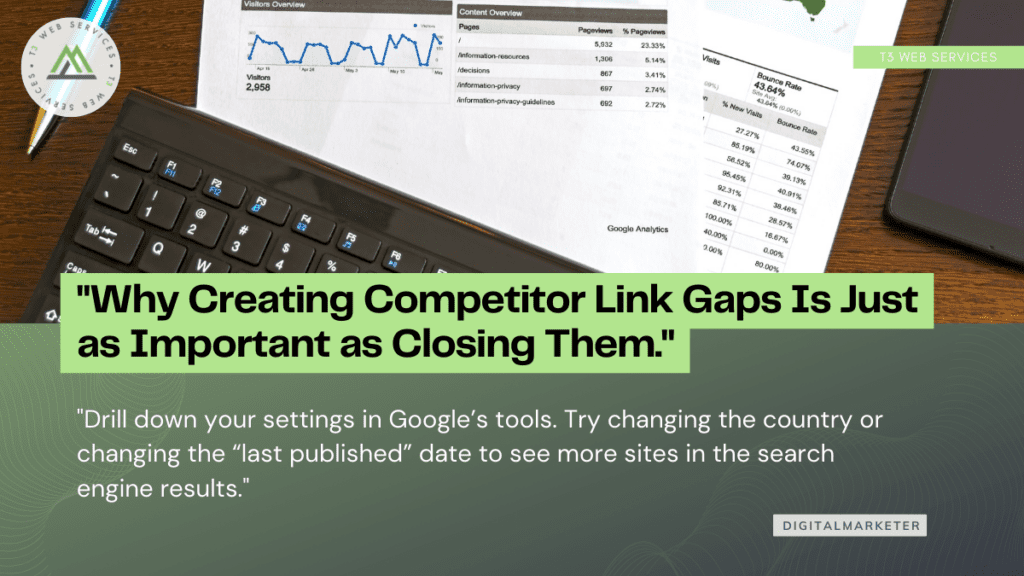

1. Include the 3 argument types on each page
Regardless of the type of page you’re sending people to (whether it’s a lead gen funnel or e-commerce) you need to be making three types of arguments:
Emotional arguments
Logical arguments
Urgency
And we want to make them in this order too – since that’s the order in which someone makes a purchasing decision.
Have your emotional arguments at the top of the page, above the fold. What are the emotional reasons someone would purchase your product? It can often be as simple as saving time, stress or money.
2. Benefits > Features
Benefits focus on the outcome of the product/service, telling the customer exactly what the feature will mean for them. Bringing it back to the first point – this is how we start to build emotion into our copy.
By telling people what a feature means to them, they start to visualise themselves using it – which creates the emotional reaction we need.
3. Split test all pages
You should test at least 2 variants of every page in your sales funnel. Tests can be big or small, from having completely different designs to changing the colours of a button. It doesn’t matter what you test so much. The most important thing is just that you are testing… because that allows you to learn what works and what doesn’t.
And like all great marketers do: do more of what works and do less of what doesn’t.

https://www.digitalmarketer.com/blog/improve-your-conversion-funnel-gavin-bell/
How To Ensure Optimal Visual Experiences Across Devices


Pick the images to multisource
Until content management systems get smart enough to automatically give ideal viewing experiences for every image on every device, you must consider when to COPE and when not to COPE with your images.
Go back to my original request – open your best converting page to see how it appears on multiple devices. Do that with the other important pages and images on your website. You probably already tagged them in your analytics software.
TIP: Narrow your page selection to those that get significant traffic from mobile devices.
To identify which images to multisource, test the selected pages on multiple devices. Grab a stack of devices and a designer, content strategist, or UX person. Load your content the way your customer would. If an image looks squished, add it to an images-to-be-multisource list.
TIP: Don’t just look to see if the image displays. Take a hard look at how it displays. If the user must pinch and zoom to view all of an image, COPE likely isn’t the best method.
Share the results with all content-related teams, including content strategy, design, content engineering, and user experience, who should know how your website’s images load.

https://contentmarketinginstitute.com/articles/optimal-visual-experiences-devices
What Is Conversion Rate & How Do You Calculate It?
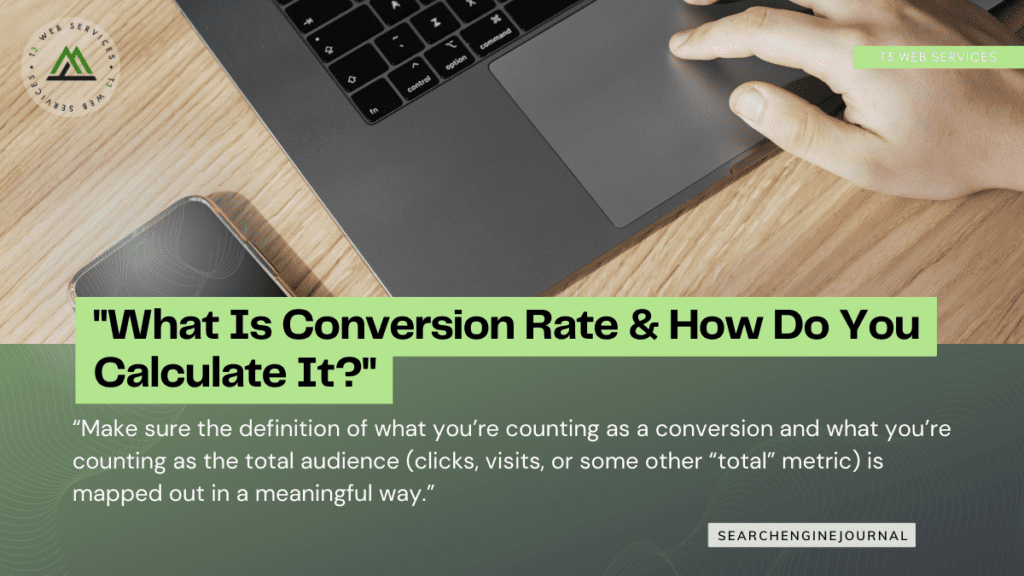

First, where do you measure and track conversion rate? You can use Google Analytics, other analytics suites, or any data you must manually calculate.
Google Analytics
If you’re relying on Google Analytics (GA), you’ll want to ensure you have your “Goals” set up properly and test them. Conversions are reported based on the goals you configure.
Out of the box, Google has no context as to what a conversion is for you and no ability to calculate a conversion rate off of it.
If you use GA, dive into conversion goal configuration and testing to ensure things are in a good place before you trust the metrics you see (if you inherited the setup) or move forward with any measurement and improvement plan.
And, speaking of mapping out – tracking and measurement are critical.
You want to ensure that your tech stack and tools can help you properly track visits, conversions, and the overall conversion rate in alignment with your definitions and goals.
Getting this right is critical, whether it is Google Analytics or third-party reporting tools.

https://www.searchenginejournal.com/what-is-conversion-rate/461109/
Google Search Console Update: More Data In Core Web Vitals Reports
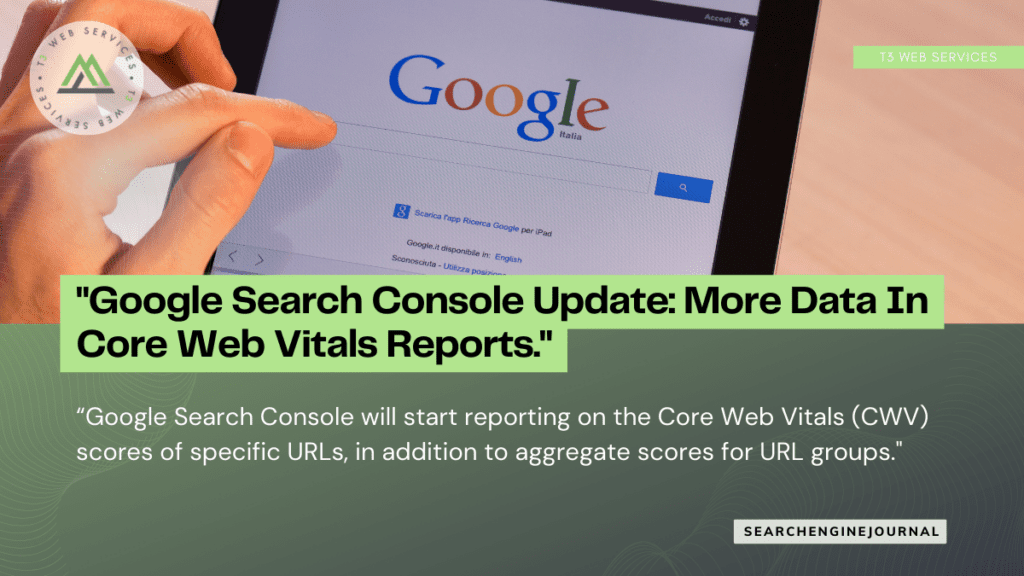

Core Web Vitals Report – What’s New?
Before today’s update, Search Console’s Core Web Vitals report provided aggregate scores based on groups of URLs.
Google will continue to evaluate Core Web Vitals for URL groups, though you can now go one level deeper.
Clicking on a URL group in the Search Console report will bring up a new panel on the right side with URL-level data.
See an example in the screenshot below:
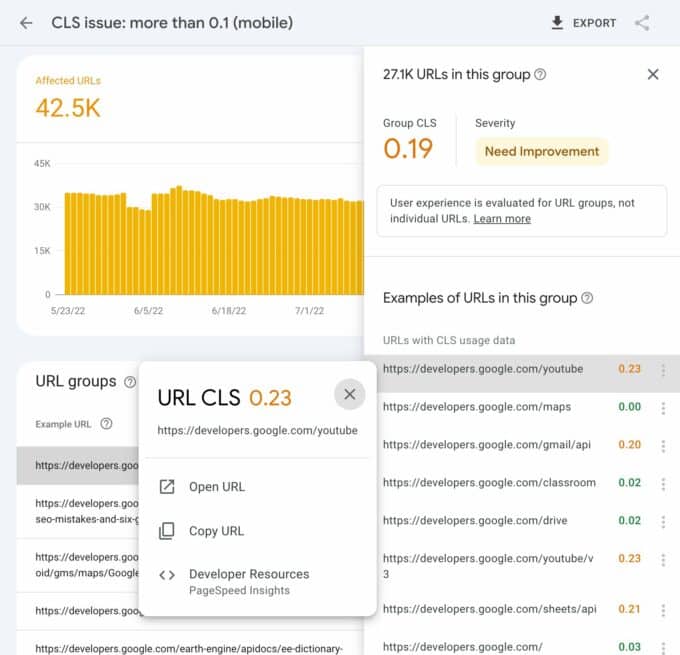
This example shows someone investigating CLS scores that need improvement. When they click on a URL group in the report, they can see the individual URLs that require attention.

Google Adds New Viewer Attention Metrics for Display and Video 360 Campaigns
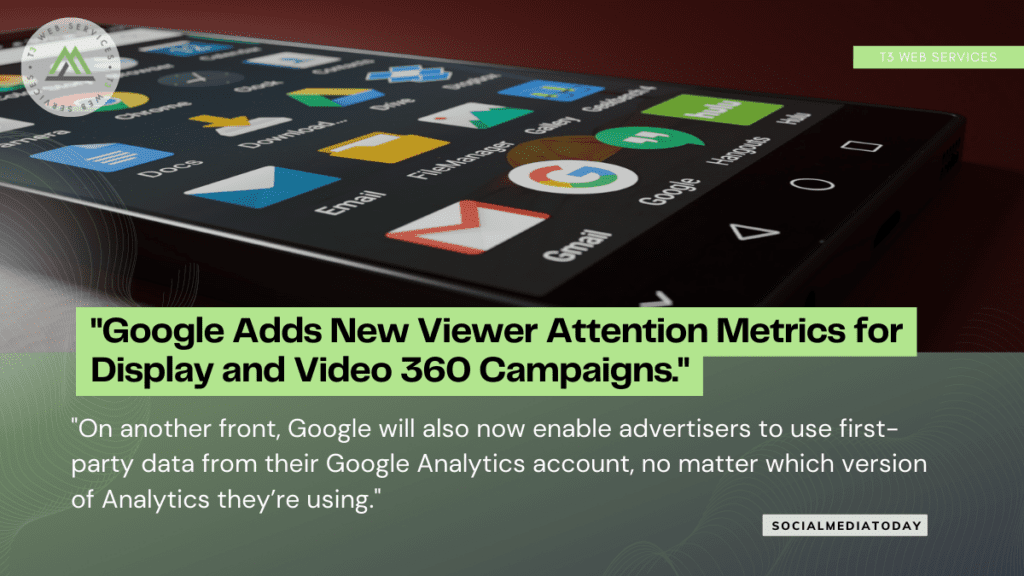

Google’s looking to provide more video marketing insights for advertisers, via two new custom bidding measurements for Display and Video 360 campaigns.
First off, Google’s adding new audience reach considerations into its custom bidding tools, which will help advertisers maximize their campaigns for ‘attention’, in addition to its existing goals.
As explained by Google:
“A growing number of marketers are looking to optimize their bids with the goal of capturing user attention. Attention is a particularly relevant metric for brands reaching their audience in lean-back environments such as connected TV. Optimizing towards users’ attention is especially beneficial when direct conversions are difficult to measure. For example, buyers can estimate the attention an ad will get based on its size or whether the video ad is audible or muted.”

Google Announces New Search Updates Which Will Put More Emphasis on Content Depth
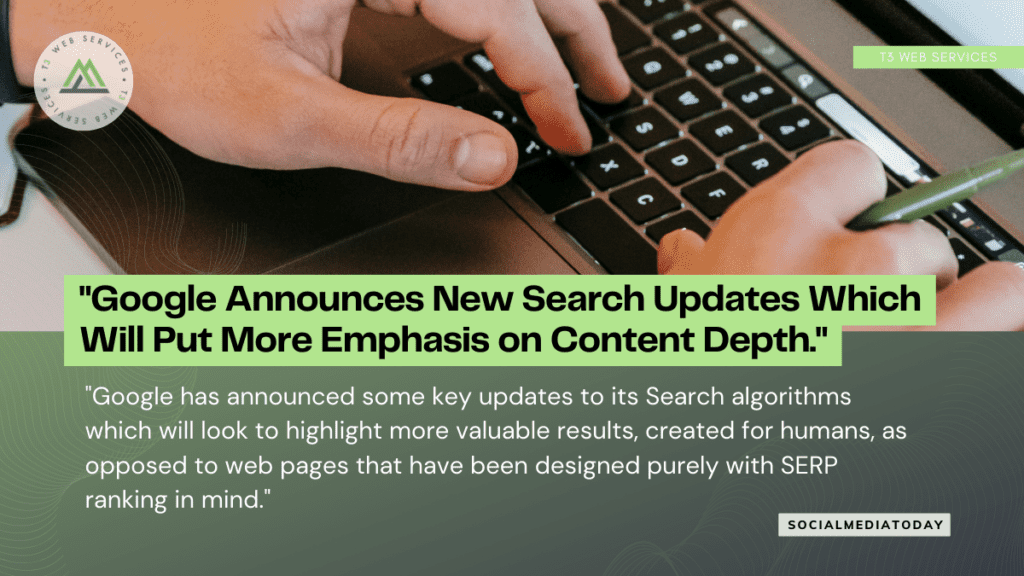

The update, as Google says, is aimed at low quality sites that have been constructed purely to game the algorithm, by including specific keyword matches and data notes that align with key Google search trends.
In other words, if you’re creating shallow content based purely on keyword matching, in order to rank in Search, you may soon see a dip in your SERP rankings.
“For example, if you search for information about a new movie, you might have previously seen articles that aggregated reviews from other sites without adding perspectives beyond what’s available elsewhere. This isn’t very helpful if you’re expecting to read something new. With this update, you’ll see more results with unique, authentic information, so you’re more likely to read something you haven’t seen before.”

How to Load Your Website With Social Proof
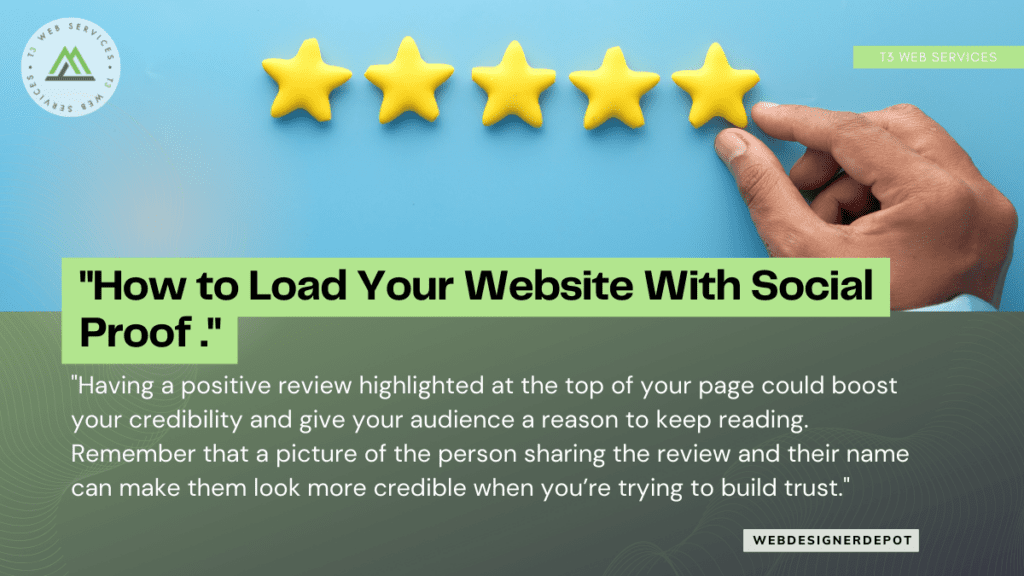

1. CREATE A TESTIMONIALS PAGE
It makes sense to showcase some of your most positive reviews at the top of your page so your customers see those first. However, showcasing negative reviews alongside them could also be a good idea. That’s because customers generally expect to see at least some negativity associated with your brand. If all your reviews are positive, they might assume that you’re hiding something.
2. SHOW REVIEWS IN YOUR WEBSITE HEADER
The great thing about using reviews and testimonials on your website is that if you have a little coding knowledge and the right information, you can display them wherever you choose. Most companies leave the reviews at the bottom of the website, but this could mean you’re missing out on an excellent opportunity to connect with your audience as soon as they visit you.

https://www.webdesignerdepot.com/2022/07/how-to-load-your-website-with-social-proof/

Leave a Reply